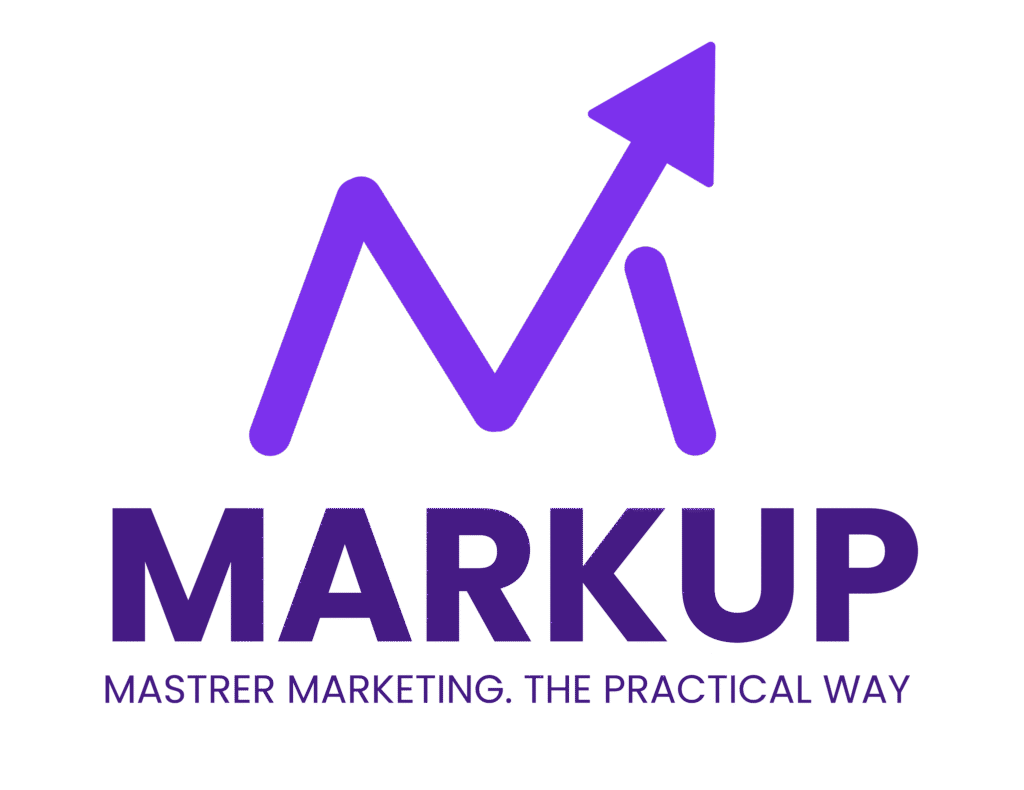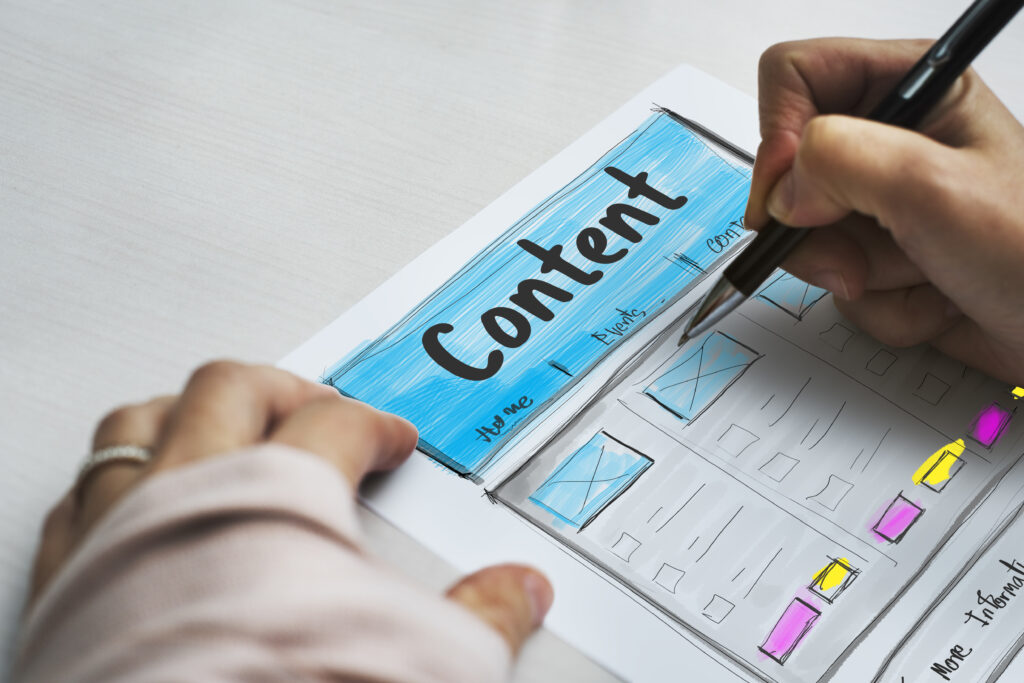Imagine waking up to find your new blog post shared across platforms, leads nurtured through personalized emails, and abandoned cart reminders already sent to potential customers.
Welcome to the world of marketing automation—where smart tools do the heavy lifting so you can focus on strategy, creativity, and results.
For Gen Z marketers stepping into the digital field, marketing automation isn’t just a “nice-to-have.” It’s your secret weapon for scaling, saving time, and showing real ROI—especially when you’re working on lean teams or solo campaigns.
Let’s dive into what it really is, how it works, and how you can leverage it even as a beginner.
What is Marketing Automation?
Marketing automation refers to using software and tools to automate repetitive marketing tasks like:
- Sending emails
- Scheduling social media posts
- Capturing and nurturing leads
- Scoring prospects
- Personalizing communication
- Running drip campaigns
It’s about making marketing more efficient—not robotic, but strategic.
The goal? More conversions with less manual effort.
Why It’s a Game-Changer
According to a 2024 HubSpot report:
- 76% of marketers using automation saw an increase in conversion rates
- Companies that automate lead management generate 10% more revenue in 6–9 months
- Automation improves campaign efficiency by up to 80%
For students, solopreneurs, and digital marketers alike, automation helps you:
- Manage time better
- Run campaigns 24/7
- Personalize at scale
- Track performance in real-time
Key Areas Where Automation Works
1. Email Marketing Automation
Use tools like Mailchimp, Zoho Campaigns, or Brevo (Sendinblue) to:
- Send welcome emails
- Trigger cart abandonment reminders
- Deliver gated content (ebooks, webinars)
- Run nurture campaigns based on user behavior
Example: If someone signs up for your newsletter, they instantly receive a personalized welcome email with next steps. No need to lift a finger.
- Social Media Scheduling
With tools like Buffer, Hootsuite, or Later:
- Plan content weeks in advance
- Post automatically to multiple platforms
- Track best posting times and engagement metrics
It’s not about replacing creativity—it’s about freeing up time to be more creative.
- Lead Generation & Scoring
Capture leads via:
- Website forms
- Chatbots (Zoho SalesIQ, Drift)
- Landing pages (HubSpot, Unbounce)
Automation helps sort leads by:
- Behavior (opened email, clicked CTA)
- Interest level (number of visits, engagement)
- Demographics (job title, location)
This allows you to prioritize high-intent leads and tailor outreach.
- Customer Segmentation
One message doesn’t fit all.
Automation allows you to segment users based on:
- Purchase behavior
- Email engagement
- Browsing patterns
- Survey responses
Then deliver content that’s hyper-relevant to each group.
Example: A user who downloaded your guide on “Beginner SEO” can be moved into a drip campaign offering advanced SEO tips and tools.
- Analytics and Reporting
Modern tools provide dashboards that tell you:
- Who clicked what
- Which campaigns are converting
- Where drop-offs are happening
Automation helps marketers stop guessing and start acting on data.
Real-World Example: Automating a Student Hackathon Campaign
Let’s say you’re organizing a virtual hackathon for your college.
Manual Approach:
- Manually email 300+ students
- Post invites on social media every day
- Send reminders one by one
Automated Approach:
- Create a landing page with a form
- Trigger automated welcome email
- Schedule social media posts
- Set up reminder emails 2 days and 1 hour before the event
- Segment attendees and send thank-you emails + post-event surveys
Result? More signups, less burnout, and a seamless experience.
How to Get Started (Even as a Beginner)
You don’t need to be a tech expert to start automating. Here’s a basic roadmap:
- Define Your Goal: Is it engagement, lead gen, retention?
- Choose a Tool: Start with free or freemium tools like:
- Mailchimp (emails)
- Buffer (social)
- Zoho Forms + Campaigns (forms + outreach)
- Mailchimp (emails)
- Build Simple Workflows:
- Welcome sequence
- Lead nurturing drip
- Abandoned cart reminder
- Welcome sequence
- Test and Optimize:
- A/B test email subject lines
- Track open rates and conversions
- Refine based on data
- A/B test email subject lines
Mistakes to Avoid
- Automating too early without a clear goal
- Sending mass emails without personalization
- Neglecting to test workflows before launch
- Setting and forgetting—automation still needs supervision
The MarkUp Advantage
At MarkUp, we help aspiring marketers not just learn automation—but implement it hands-on.
As part of our OJT program, you’ll:
- Build workflows using real tools
- Automate campaigns from scratch
- Analyze performance metrics
- Understand how automation powers modern marketing
We believe automation should amplify creativity—not replace it.
So instead of being stuck doing the same tasks repeatedly, imagine focusing on strategy, storytelling, and scaling your impact. That’s the power of marketing automation.
References
1. HubSpot. (2024). State of Marketing Report. https://www.hubspot.com/state-of-marketing
2. McKinsey & Company. (2023). The value of data-driven marketing. https://www.mckinsey.com/business-functions/marketing-and-sales/our-insights
3. Statista. (2024). Internet usage and marketing statistics. https://www.statista.com/
4. LinkedIn. (2024). State of Sales Report. https://business.linkedin.com/sales-solutions/state-of-sales
5. Google Analytics. (2024). Measurement Fundamentals. https://analytics.google.com/analytics/academy/
6. Mailchimp. (2024). Email Marketing Benchmarks. https://mailchimp.com/resources/email-marketing-benchmarks/
7. Salesforce. (2023). CRM Trends and Predictions. https://www.salesforce.com/blog/category/crm/



